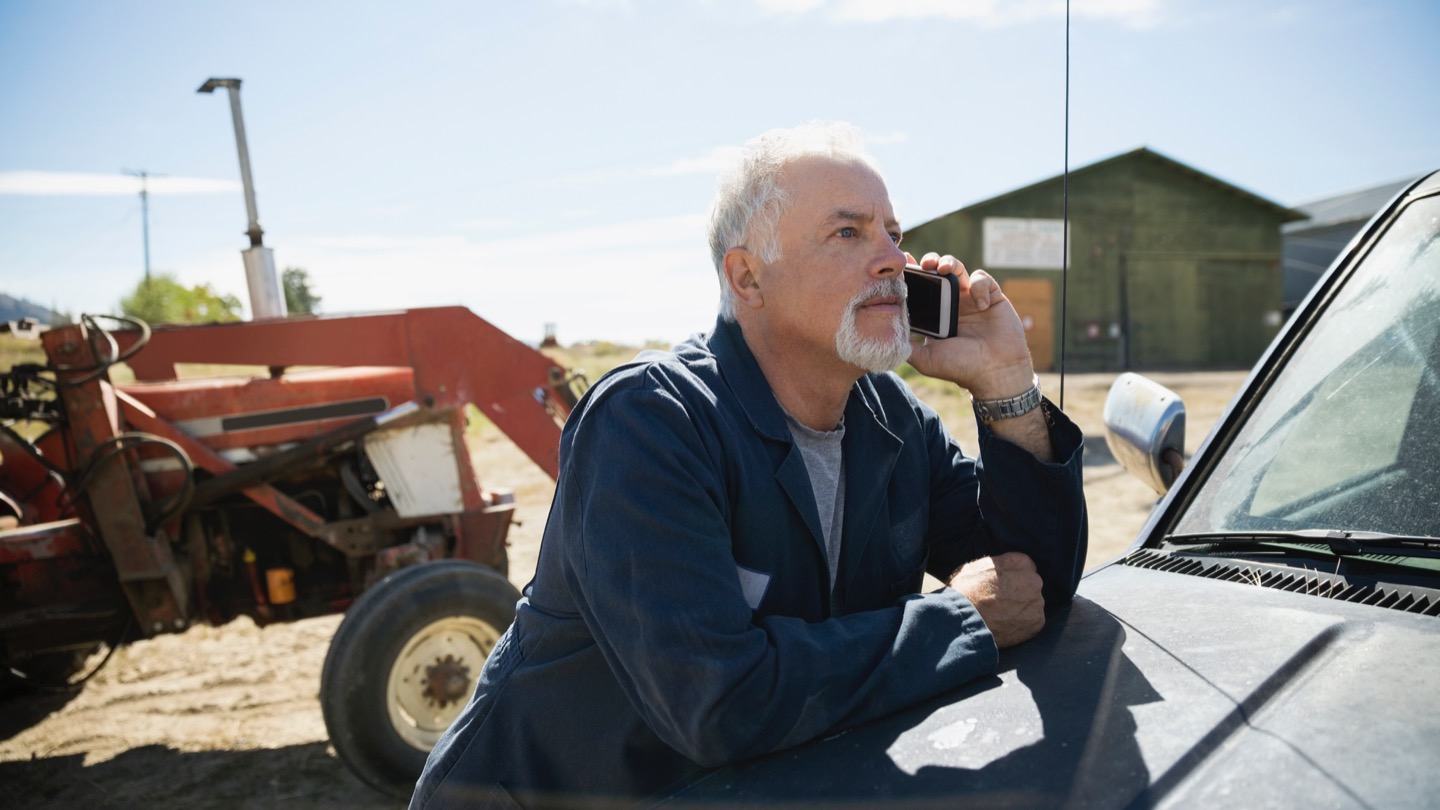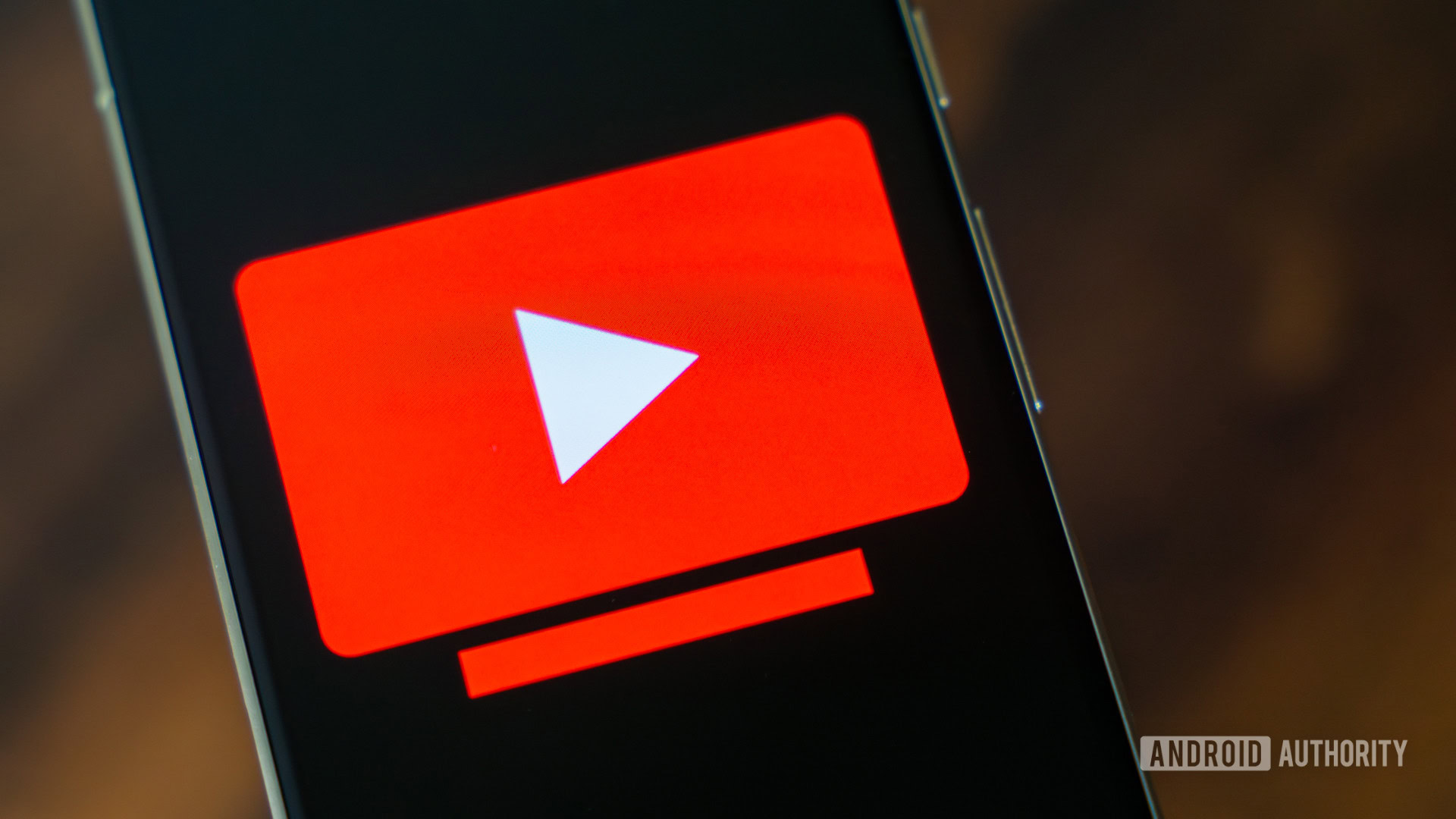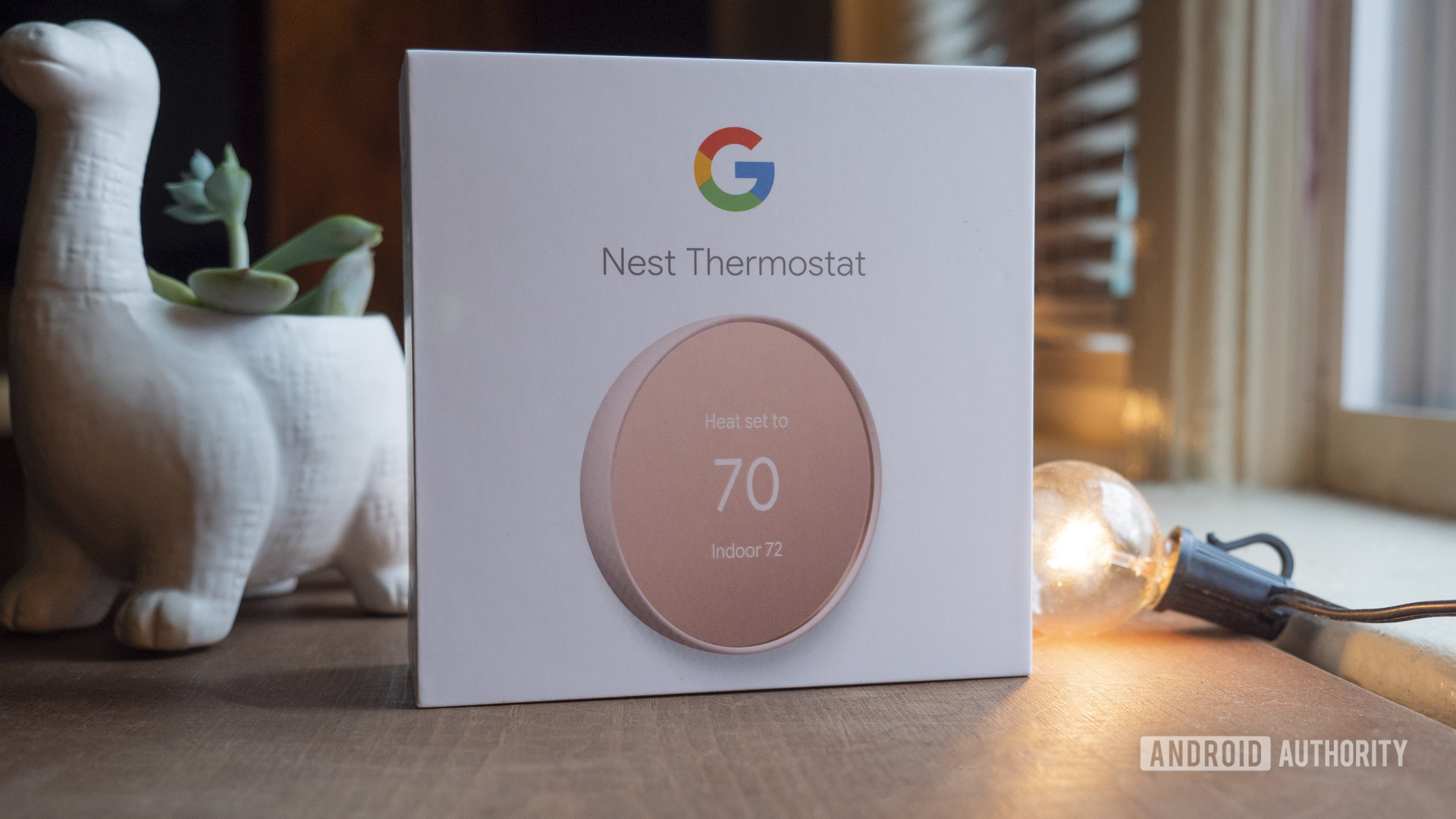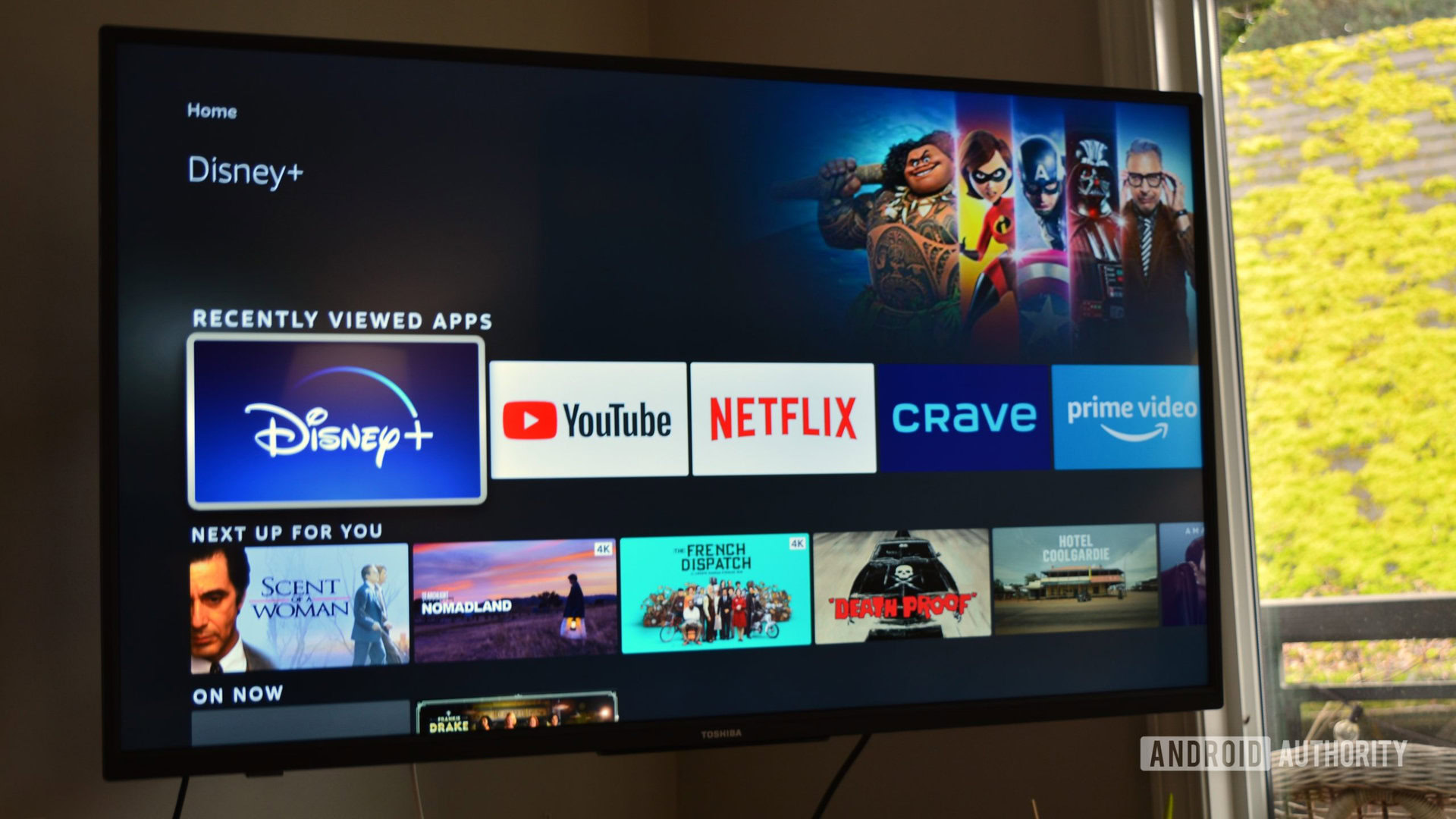We have an internet accessibility problem in this country, but in prior years, it’s been difficult to quantify how bad it really is.Millions of people living in the rural U.S.want and need to access the internet but cannot due to a lack of availability and/or affordability.
Our broadband experts explain why fast internet is crucial, why it hasn’t reached certain locations and what is being done to bridge the gap between areas that have high-speed Wi-Fi and those without.Why minimum broadband speeds are important An internet connection must be at least 100 Mbps download and 20 Mbps upload to be considered high-speed “broadband,” according to the Federal Communications Commission (FCC).This broadband definition of a minimum 100/20 Mbps speed serves as a benchmark for measuring broadband access.
But why is a standardized minimum important? One big reason is that the broadband speed standard guides how state and federal broadband funding is dispersed throughout unserved and underserved areas, i.e., places with little to no internet access.In a 2024 study, the FCC reported that 45 million Americans lack access to this minimum standard, although they may still have access to an internet connection at slower speeds.However, as technology advances at a record pace, living in an area with outdated broadband can have far-reaching repercussions.
Rural residents are eager for faster internet options Data shows that rural Americans don’t have the same access to broadband as those in urban areas, but that many residents urgently need and seek reliable internet. While rural areas have historically had the least access to high-speed internet, there have been improvements in both availability and speeds in recent years, as shown by these statistics: As of June 2024, 73.9 million fixed internet connections had download speeds of at least 100 Mbps and less than 940 Mbps, according to the FCC’s Internet Access Services report, which is up 1.6 million from the previous year’s report This increase is consistent with the fact that consumers are adopting higher speed tiers once they become available, according to a 2023 survey by NTCA – The Rural Broadband Association.Almost 60% of the average consumer base subscribes to a speed greater than or equal to 100 Mbps, up from about 49% in 2022 and 37% in 2021 Why do rural areas lack broadband access? Building costs, inaccurate data and funding are the three main reasons fast internet is hard to find in rural areas.Cost: Homes are more spread out in rural areas, which results in the cost of building cable or fiber infrastructure bringing in a smaller return on investment due to fewer potential Wi-Fi subscribers Data inaccuracies: In the early 2020s, FCC availability maps were found to be underreporting broadband access to the tune of over 105 million homes.
Since FCC data guides government funding, this discrepancy resulted in many eligible areas being overlooked for rural infrastructure projects Funding: Funding issues due to inaccurate data, along with 2025 federal internet policy changes, have resulted in project delays in many rural parts of the country While the FCC’s maps showed 14.5 million were without broadband access, Microsoft reported 120 million without broadband access in 2020.Since 2020, the FCC launched the Broadband Data Collection (BDC) program.The program involves a new system of reporting broadband access throughout the country and new national broadband map data that consumers, states, Tribal governments and other stakeholders can challenge the accuracy of to ensure correct reporting.
Once the new version of the broadband map was released in 2023, it was used to allocate funding.Lack of internet access has devastating consequences Though some Americans forgo broadband voluntarily, lack of internet access is debilitating for the 4.5 million to 7.5 million households with no choice.Here’s why: The lack of high-speed internet access, i.e., the digital divide, came to the forefront during the 2020 pandemic Around nine in 10 U.S.
parents with K-12 children said their children had some online instruction since the pandemic began, according to a Pew Research online learning study Even before online classes became the norm, roughly 70% of teachers assigned homework that required internet access to complete, and 90% of high schoolers said they get assigned homework that has to be done online a few times a month, with almost half saying this happens daily One study saw test scores from students with limited internet access rise by 30% after they were given smartphones At least six independent studies have determined that broadband access has a direct positive impact on job creation, gross domestic product (GDP) growth and consumer surplus.Microsoft wrote in its own analysis that “the counties with the highest unemployment also have the lowest broadband usage (and broadband access)” What is being done to close the digital divide? The government has acknowledged that bringing the internet to areas without broadband access will require tremendous private and public investment.However, much progress has already been made in bridging the digital divide, including: The Bipartisan Infrastructure Law: Passed in 2021, this law delivers $65 billion in funding to build broadband infrastructure in areas lacking access as part of the federal government’s Internet for All initiative The Broadband Equity, Access and Deployment (BEAD) Program: BEAD has allocated over $42 billion in state broadband grants to expand high-speed internet access by funding planning, infrastructure, deployment and adoption programs in all 50 states and the U.S.
territories The ReConnect Loan and Grant program: This initiative provides broadband funding in eligible rural areas, allocating over $5 billion in funding so far What type of internet connection can rural communities expect? Fiber is the gold standard for internet, but policy changes have promoted satellite and 5G as rural alternatives, despite limits in speed and reliability.Government programs like BEAD have historically focused on fiber buildouts because their value remains high over time.Fiber internet offers the fastest speeds and is considered future-proof.
This term means that as technology rapidly advances, high-speed fiber will keep up with increased speeds and subscriber demand without the immediate need for upgrades.However, administration changes have halted or altered ongoing connectivity plans in many areas.For instance, satellite internet, already available in nearly all rural areas, is now being promoted as an internet solution instead of fiber.
While it’s true that low Earth orbit (LEO) satellites — such as Starlink or Amazon’s Project Kuiper — are quicker to deploy since no hard-wired lines are required, the drawbacks are that speed and reliability are not as strong as fiber or cable internet connections.5G internet service, offered by providers like T-Mobile and Verizon, is also rapidly expanding into many rural communities.5G connections rely on localized cell towers to transmit signals and can deliver speeds up to 1 Gbps in certain areas.
Many municipal internet providers and co-ops invest in local 5G infrastructure since it is cheaper and easier to set up than cable or fiber.Still, location, distance from the nearest tower and the number of subscribers in the area all affect the speed and signal strength of 5G service.Programs for broadband affordability Even in areas where broadband exists, the cost can still make it inaccessible for many people.
Fortunately, there are programs to assist with the cost of home internet to ease the financial burden for eligible households.The Lifeline program provides $9.25/mo.off internet or mobile phone plans for qualified applicants Nonprofit organizations, such as Everyone On, are working to improve access to broadband, devices and digital training Many internet service providers have launched their own low-cost internet programs to help consumers with the cost of internet service.
Explore affordable internet plans from top providers like AT&T, Spectrum, Xfinity, Optimum, Verizon and more Make sure to check our news and resource hubs for recent broadband industry developments and information.For researchers and journalists If you would like to know more about this topic, we can assist you.Our experts can help you dig deeper into the data.
Email our experts What to read next Read more Featured What is the digital divide? Robin Layton — 5 min read Featured What recent internet policy changes may mean for you Lisa Iscrupe — 3 min read Featured Report: Internet users are gobbling data by more than a half-terabyte Robin Layton — 4 min read Latest Thursday, October 9, 2025 Millions in rural U.S.still do not have internet access Lisa Iscrupe — 6 min read Tuesday, October 7, 2025 Streaming vs.cable: Which TV service is better? Camryn Smith — 6 min read Tuesday, October 7, 2025 Cost of cable vs.
streaming: Which is cheaper?
Camryn Smith —
5 min read








